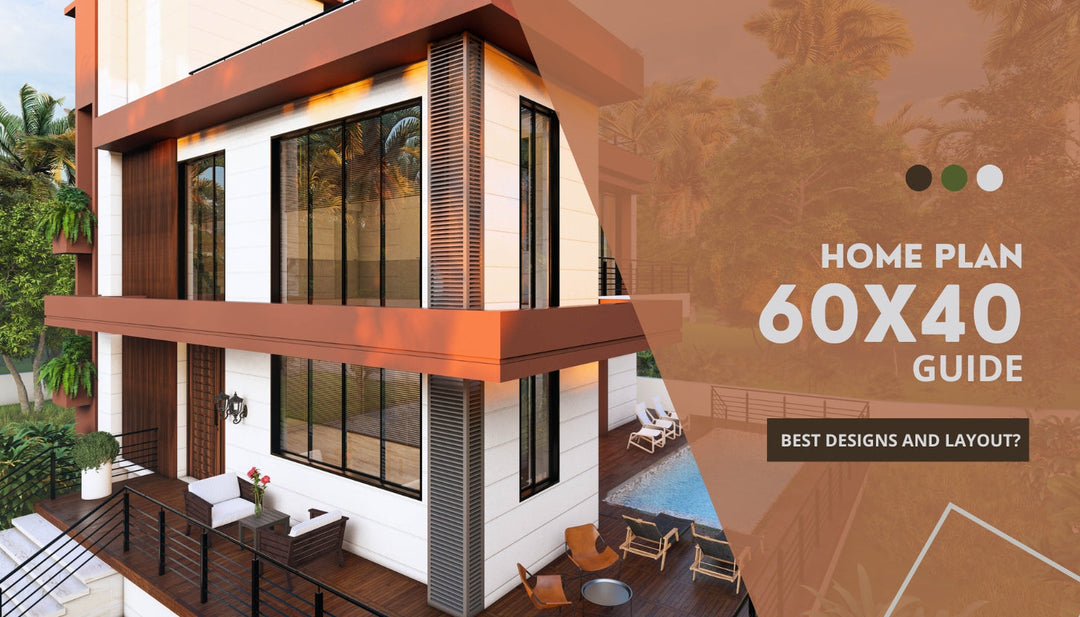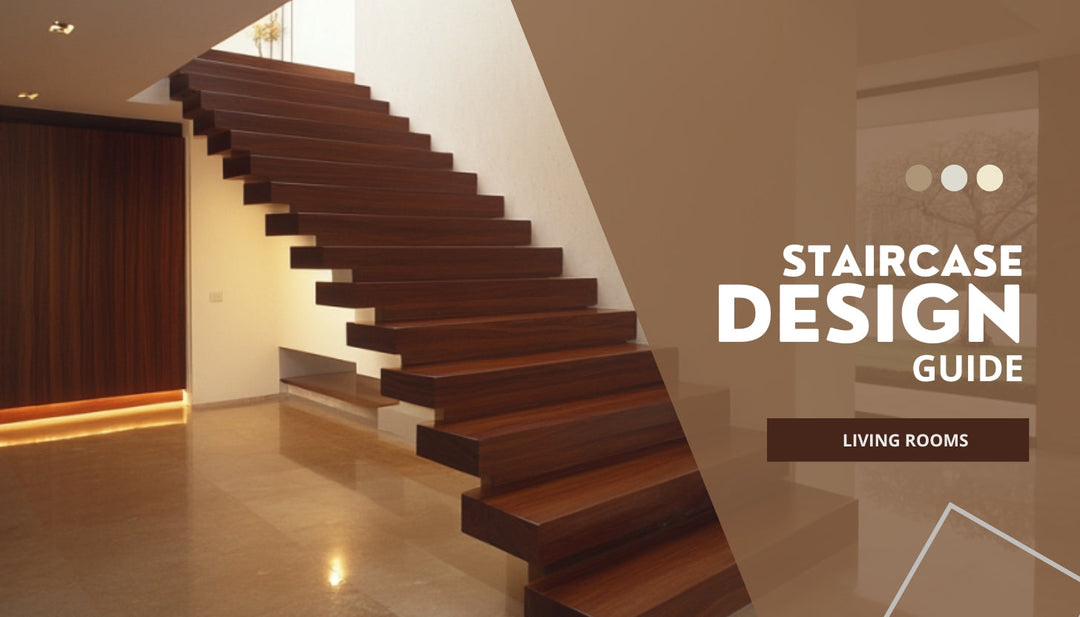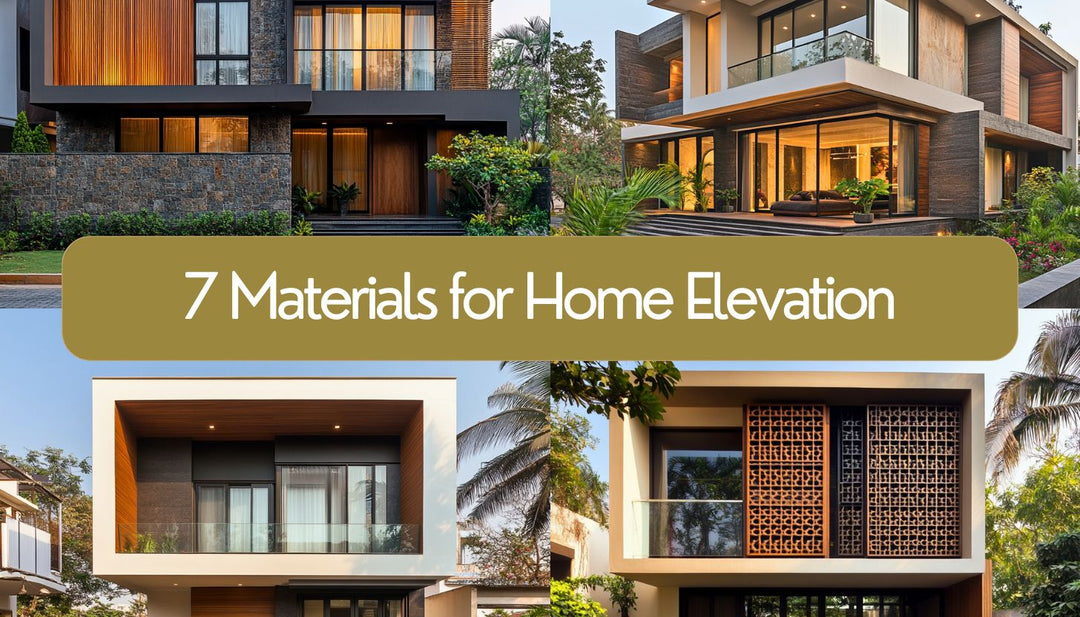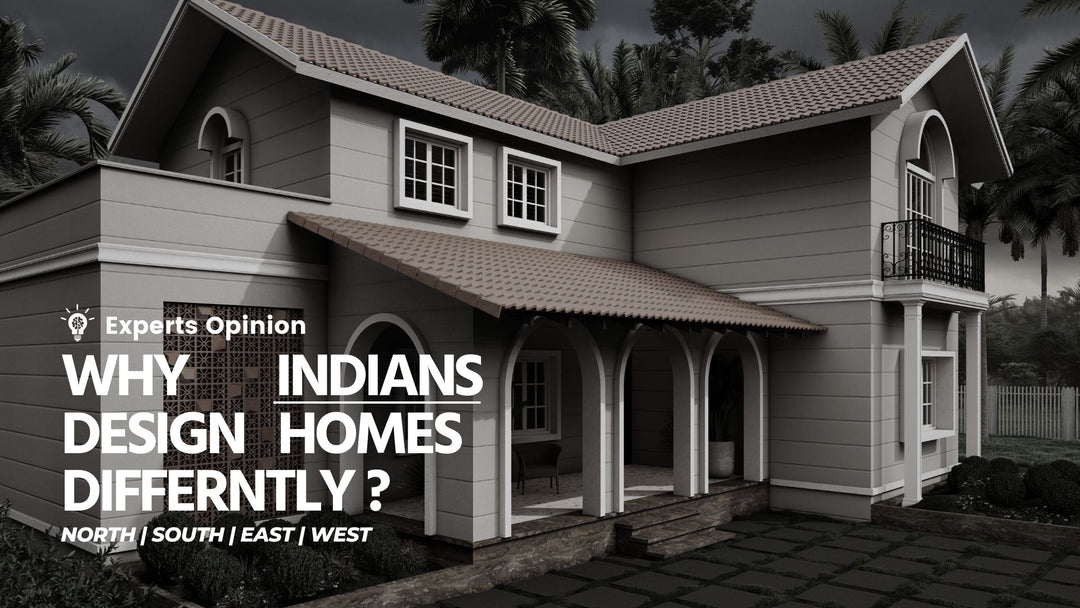What planning styes are prefered in India for home design?

Imagine you're on a magic carpet, soaring over the vast and varied landscape of India. Below you, a patchwork of homes unfolds – from the snow-capped peaks of the Himalayas to the sun-kissed shores of Kerala, from the bustling streets of Mumbai to the serene banks of the Ganges. Each home tells a story, a beautiful blend of ancient wisdom and modern living. But what makes these homes uniquely Indian? What threads tie together this colorful tapestry of architecture?
Grab a steaming cup of masala chai, find a cozy spot, and let's embark on a fascinating journey through the heart and soul of Indian homes. We'll uncover age-old secrets, bust some myths, and discover how Indians across this diverse land create spaces that are not just shelters, but sanctuaries of culture and comfort.
The Whispers of Vastu Shastra: Where Science Meets Spirituality
Adoption of Vastu Shastra Principles by Region (2023)
Picture this: You're an architect in ancient India, tasked with designing a palace. But before you can even sketch a single column, you're handed a mysterious text – the Vastu Shastra. Fast forward a few thousand years, and this ancient architectural philosophy is still shaping homes across India. But is it mere superstition, or is there more to it?
Vastu Shastra, often dubbed the "yoga for homes," is a 5,000-year-old science of architecture. It's based on the idea that our homes are living, breathing entities, and their design can significantly impact our lives. Sounds a bit woo-woo? Well, hold onto your blueprints, because some Vastu principles align surprisingly well with modern scientific concepts!
Regional Vastu Variations: One Country, Many Flavors

Now, here's where it gets really interesting. Vastu isn't a one-size-fits-all concept across India. It's like a recipe that's been tweaked and perfected in different regions to suit local climates, cultures, and lifestyles.
-
North India: In the land of harsh summers and chilly winters, Vastu in North India often emphasizes thermal comfort. You'll find homes with thicker walls in the west to block the scorching afternoon sun. The use of red sandstone, a common material in Rajasthan, isn't just for aesthetics – it's excellent for insulation!
-
South India: Down south, where the climate is generally warmer, Vastu focuses more on ventilation. You'll notice many homes with central courtyards (we'll dive into those soon!) that create a natural cooling effect. The sloped roofs in Kerala aren't just pretty – they're perfect for directing heavy monsoon rains away from the house.
-
East India: In the cyclone-prone eastern states, Vastu principles are often adapted for disaster resilience. Homes might be oriented to minimize wind impact, and you'll see more robust construction materials used.
-
West India: In the arid regions of Gujarat and parts of Maharashtra, Vastu is often combined with water conservation techniques. You might spot homes with slight elevations to collect and channel rainwater effectively.
Vastu in Modern Times: Ancient Wisdom, Contemporary Twist
Regional Architectural Styles in India: Characteristics and Adoption (2023)
Now, you might be wondering, "Do all Indians follow Vastu strictly?" Well, it's like following your grandmother's recipe – some stick to it religiously, others use it as a guideline, and some just sprinkle a pinch of it into their designs.

In modern India, you'll find an interesting fusion. Architects are blending Vastu principles with contemporary designs, creating homes that are both traditionally rooted and modernly chic. For instance:
- The northeast corner, traditionally reserved for the prayer room due to its association with positive energy, is often used as a meditation or yoga space in modern apartments.
- The Vastu recommendation for a south-facing bedroom aligns well with passive solar design principles, maximizing warmth in winter.
- The emphasis on open spaces and natural light in Vastu dovetails beautifully with modern sustainable architecture practices.
But here's a question to ponder: In our rapidly urbanizing world, with its space constraints and high-rises, is it still possible to follow Vastu principles? Or do we need a new "urban Vastu" for our concrete jungles?
As we mull over this, let's step out of the blueprint and into one of the most beloved features of traditional Indian homes – a space that's both inside and outside at the same time. Have you guessed it yet? We're talking about courtyards, or as we lovingly call them in India, 'aangan'. But more on that in our next segment!
So, what do you think? Are you ready to explore these open-air hearts of Indian homes? Let's dive into the world of courtyards and discover why they're more than just architectural features – they're the soul of Indian family life.
The Magic of Courtyards: Nature's Embrace in the Heart of Home
Impact of Courtyard Size on Home Design Across India
| Region | Typical Courtyard Size | Ventilation | Natural Lighting | Cooling Effect | Space Utilization |
|---|---|---|---|---|---|
| North India (e.g., Rajasthan) | Large (15-20% of total area) | ||||
| South India (e.g., Kerala) | Medium (10-15% of total area) | ||||
| East India (e.g., West Bengal) | Small (5-10% of total area) | ||||
| West India (e.g., Gujarat) | Medium-Large (12-18% of total area) |
Close your eyes and imagine this: You're standing in the middle of a home, but you can feel a gentle breeze on your face and see a patch of sky above you. The sound of wind chimes mingles with children's laughter, and the aroma of jasmine fills the air. Welcome to the Indian courtyard, or 'aangan' – a slice of nature hugged by four walls.
Courtyards have been a staple of Indian architecture for millennia, from the grandest palaces to the humblest village homes. But why? What makes this architectural feature so beloved across the subcontinent? Let's unravel the magic of the Indian courtyard.
The Courtyard Chronicle: A Tale of Four Regions
Just like Vastu, courtyards in India come with regional flavors. Let's take a whirlwind tour:
-
North India: In the scorching plains of the north, courtyards are often large and central, acting as the heart of the home. They're perfect for summer evenings when families gather to chat, play, and sleep under the stars. In states like Punjab, you might spot a hand-operated fan called a 'pankha' hanging in the courtyard – a delightful blend of tradition and function!
-
South India: Down south, courtyards take on a spiritual significance. In many Tamil homes, you'll find a small 'tulsi' (holy basil) plant growing in the courtyard, often on a decorated pedestal. The courtyard here is not just a space, but a bridge between the earthly and the divine.
-
East India: In Bengal and Odisha, courtyards transform into performance spaces during festivals. During Durga Puja, these courtyards buzz with activity, hosting small-scale pandals and becoming stages for traditional dance and music.
-
West India: In the harsh climate of Rajasthan, courtyards often feature step-wells or small pools. These aren't just pretty water features – they help in rainwater harvesting and cooling the surrounding areas through evaporation.
The Science Behind the Serenity
Now, you might be thinking, "Sure, courtyards are pretty, but are they practical in modern homes?" Well, hold onto your hard hats, because courtyards are not just about aesthetics – they're architectural marvels that:
- Improve natural ventilation, creating a chimney effect that pulls hot air up and out
- Provide natural light, reducing the need for artificial lighting during the day
- Act as temperature regulators, cooling the house in summer and providing a warm sunlit space in winter
- Offer a private outdoor space in densely populated areas
- Serve as rainwater collection points in water-scarce regions
Courtyards in Contemporary India: Tradition Meets Innovation
In today's urban India, where space is at a premium, you might think courtyards are becoming a thing of the past. But here's where it gets exciting – architects are finding innovative ways to incorporate the essence of courtyards into modern designs:
- Vertical courtyards in high-rise apartments, creating multi-level open spaces
- Balcony gardens that bring a touch of nature into the sky
- Glass-covered atriums that offer courtyard-like spaces while being weather-protected
- Rooftop courtyards that double as community spaces in apartment complexes
But here's a question to ponder: As our cities grow ever upward, how can we preserve the essence of the courtyard – that connection with nature and community – in our modern living spaces?
As we reflect on this, let's turn our gaze to another quintessential feature of Indian homes, one that's small in size but big in significance. Any guesses? We're talking about the puja room, the spiritual heart of the Indian home. But more on that in our next segment!
So, what do you think? Are you curious to explore these sacred corners that blend spirituality with daily life? Let's embark on a journey into the world of puja rooms and discover how faith shapes the architecture of Indian homes.


















